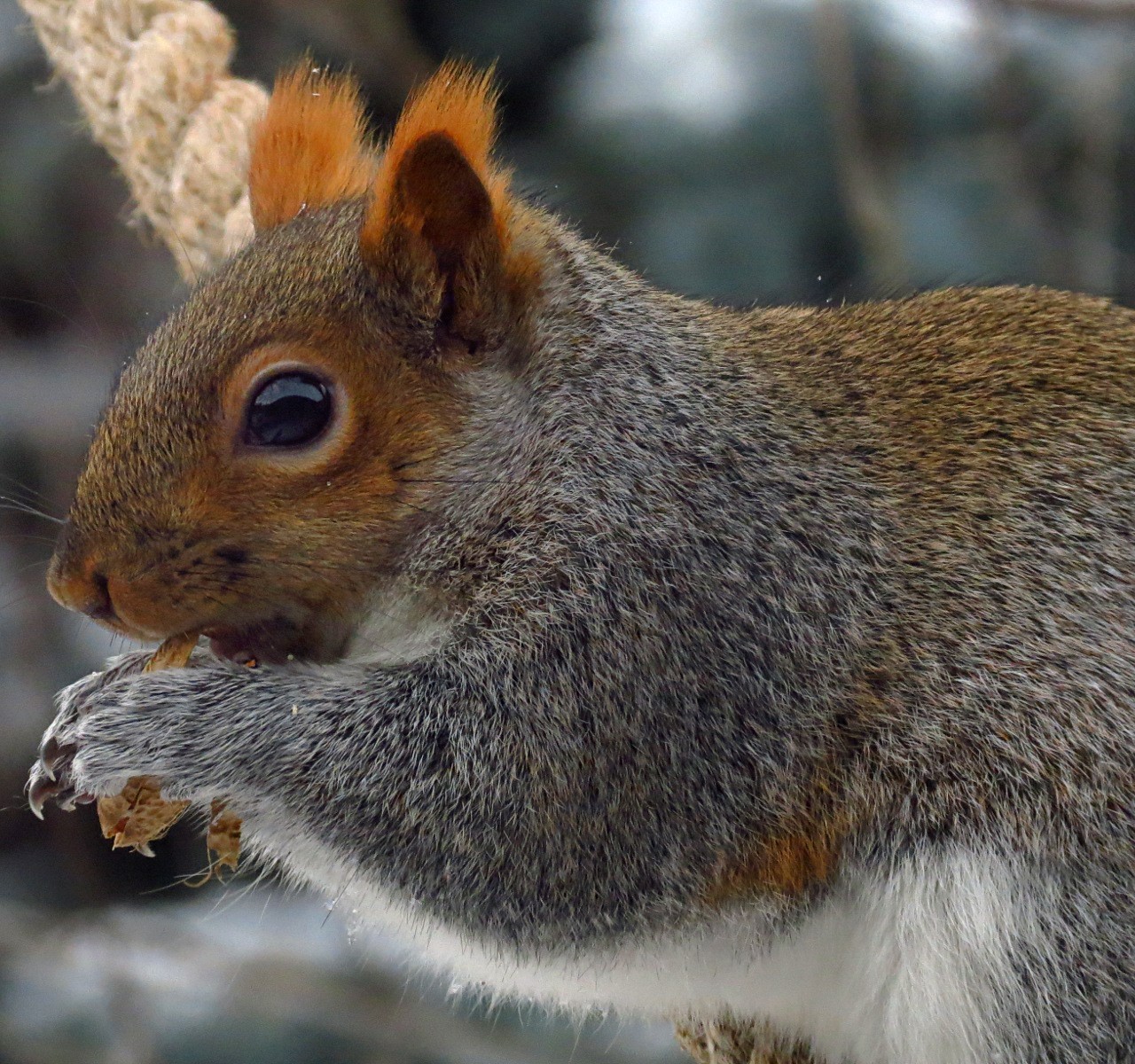It doesn’t take long for a ‘farmer in training’ to learn that your ‘how-to guide’ is as close as a fellow farmer.
THE riddle I am trying to solve for our chestnut orchard is this: -which type(s) of chestnut trees will:
1. Grow best in our Alabama climate
2. Produce the largest (most marketable) nuts
3. Produce sweet nuts
4. Be a prolific producer
In our efforts to discover the optimum trees, we planted a variety of Chinese/American crosses from 4 different states (OH, MO, KY, FL). Fortunately-and unfortunately- we are the first commercial orchard in Alabama so we’ll have to figure this out on our own. If we were in Michigan, California or Missouri, we’d already know the answer as they have been experimenting in those states for 15 yrs +. Here, though, we may even need to create our own variety by grafting one type of chestnut onto another type’s rootstock.
In looking for the answer, we found the The Wildlife Group, a tree farm operated by Allen Deese in Tuskegee, AL. Allen is bear of a man with a personality equal to his resume which includes alligator farming, beaver trapping and using dynamite to blow stuff up for clients. Allen has a fabulous business for the outdoor enthusiast who wants to plant trees that will grow fruit and nuts that will attract and feed deer, turkey etc. The genius concept is that instead of (or in addition to) an annually planted green field, you can plant trees one time and then year after year they drop more and more food -effectively for free. (hmm, a tree would make a great metaphorical logo for a real estate company, but i digress) The cost to properly plant and fertilize a deer greenfield is around $475 per acre annually. Trees make a ton of sense!
I first heard about The Wildlife Group in this article which talks about Auburn’s six newly patented chestnut tree varieties and his exclusive right to sell them. Allen loves chestnuts.
Rollins (9) and I went down to visit with Allen and to buy some Plantra Grow Tubes which will protect our baby tree’s tender trunks from rubbing deer, chewing beavers and gnawing rabbits. In addition to the tubes, Rollins and I came away with a pretty complete lesson on grafting. For those of you who’ve heard of grafting but don’t know how its done, here’s Allen’s lesson in under 4 minutes:
Grafting part 1 from Derek Waltchack on Vimeo.
Grafting part 2 from Derek Waltchack on Vimeo.
Grafting part 3 from Derek Waltchack on Vimeo.
After that, Rollins went mad scientist and created a Frankenstein grafting plan:
I’m not sure if you can cross blueberries with chestnuts, but we’ll see.
I came away from our time with Allen surprised and appreciative of the time he took to teach us. And that is what we’ve found in other places, too, in the few months we’ve been trying to learn. People are truly eager to help us. When i mentioned this to Allen he told me a story that perfectly encapsulated what I was experiencing.
Allen had been trying to graft some persimmon wood onto a persimmon rootstock. He was only having 20-30% graft success. He didn’t understand what he was doing wrong and started to think it just wasn’t going to work. Later that year, a nondescript elderly lady came to his nursery, and somehow the subject of grafting persimmons came up. She said she had done it and it was relatively easy. She asked what time of year he was performing the graft and he said in the fall. To which she replied, “no dear, you’re supposed to graft persimmons in the spring, right when the buds start to poke out and look like a squirrel’s ear”. He tried it and has been successful ever since.
Like me, Allen had gained wisdom from listening to others who had gone before him.
There’s a collective knowledge out there-a virtual agrarian operating system-stored in individual people whose ancestors figured it out and then transferred the “manual” through word of mouth down to their children. For me to learn how to do what we’re trying to do, I have to tap into this rich system. That means I’ll have to patient an listen. And be on the lookout for the gift of a willing teacher.








